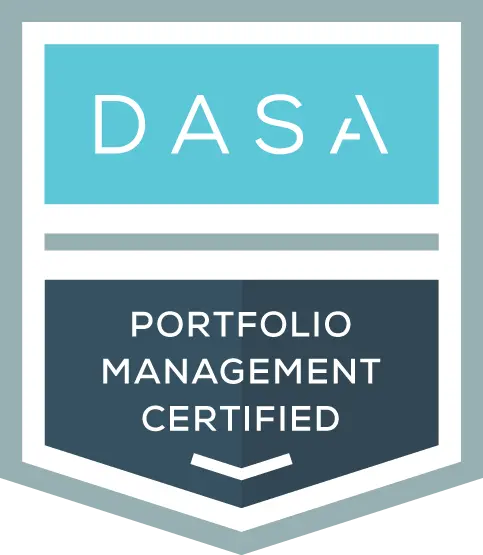Business objectives, potentially derived from the BHAG, refer to the specific, measurable, achievable, relevant, and time-bound (SMART) targets set by an organization to achieve its overall mission and vision. They represent the desired outcomes and results the organization aims to accomplish within a specific timeframe. Business objectives provide a clear direction and focus for the organization, guiding its actions and decision-making processes.

Key Characteristics of Business Objectives (SMART Criteria):
Specific: Business objectives are precise and well-defined, leaving no room for ambiguity. They outline clear and specific targets that the organization intends to achieve.
Measurable: Business objectives include quantifiable metrics or criteria that allow progress to be tracked and evaluated. This enables the organization to determine if the objectives are being met.
Achievable: Business objectives are realistic and attainable, given the resources and capabilities of the organization. They should be challenging enough to inspire efforts but not so ambitious that they become unattainable.
Relevant: Business objectives align with the organization’s mission, vision, and strategic priorities. They directly contribute to the overall success and growth of the organization.
Time-bound: Business objectives are set within a specific timeframe or deadline. This adds a sense of urgency and accountability, motivating the organization to work towards achieving the objectives within the designated period.
Examples of Business Objectives:
- Increase Revenue: Increase annual sales revenue by 15% in the next fiscal year through new market expansion and product offerings.
- Enhance Customer Satisfaction: Improve customer satisfaction scores by 20% within six months by enhancing customer support services and product quality.
- Cost Reduction: Decrease operational costs by 10% in the next quarter through process optimization and resource efficiency.
- Market Leadership: Attain a 30% market share within two years by capturing a larger share of the target market through aggressive marketing campaigns.
- Employee Development: Increase employee skill development and training participation by 25% next year to foster a more skilled and engaged workforce.
- Sustainability Initiatives: Achieve a 50% reduction in the organization’s carbon footprint over the next five years by implementing environmentally friendly practices.
Business objectives serve as guiding beacons, providing direction to employees and stakeholders and helping organizations measure their progress and success. They are critical in strategic planning, performance evaluation, and organizational growth.


DASA Portfolio Management
By choosing DASA Portfolio Management, you will learn how to adopt a comprehensive approach to portfolio management. This approach not only drives strategic alignment and value delivery but also establishes effective governance practices. It fosters collaboration and communication and promotes continuous improvement.


